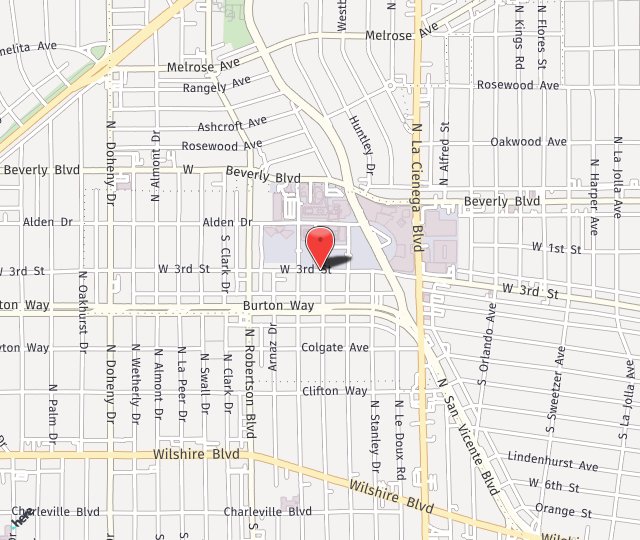Why Your Wrists Are Aching
- Posted on: Mar 15 2020

Carpal tunnel syndrome occurs when the median nerve is irritated by pressure. This can come from swelling or a change in tissue position that causes the carpal tunnel to squeeze and compress the nerve. The condition spreads gradually, usually beginning as an ache in the wrist. As it develops, tingling and numbness can move into the entire arm. Some people also begin to have weakness in the hand and arm when grasping small objects. One thing to note — it does not affect the pinky, just the thumb and three other fingers of each hand (only the inside half of each ring finger).
Dr. Seruya performs carpal tunnel release surgery to create space for the median nerve.
Causes of carpal tunnel syndrome
Women are three times more likely than men to get the condition. That could be because women usually have a smaller carpal tunnel than men. Certain medical conditions can lead to it:
- Obesity
- Hypothyroidism
- Rheumatoid Arthritis
- Diabetes
- Pregnancy
- Trauma
Most people acquire carpal tunnel syndrome, however, through repetitive motion. Working certain jobs that involve repeating the same motion with your arm over a long time raise a person’s chances of getting it. These jobs include:
- Assembly line worker
- Sewer or knitter
- Baker
- Cashier
- Hair stylist
- Musician
Treatment
Generally, treatment involves lifestyle changes (change the repetitive motion, if possible) and stretching and strengthening exercises. It may help to immobilize the wrist with a splint. Anti-inflammatories or steroid injections can reduce the swelling. But if those have no effect surgery may be necessary because if left alone, the condition can cause permanent nerve damage.
Surgery
For Dr. Seruya the goal is to cut the transverse carpal ligament and relieve pressure on the median nerve in the wrist. There are two approaches:
- Open carpal tunnel release surgery. An incision is made at the base of the palm of the hand. This allows Dr. Seruya to see the transverse carpal ligament that needs to be cut to release the pressure on the median nerve.
- Endoscopic carpal tunnel release surgery. A small endoscope is guided through a small incision in the wrist (single-portal technique) or at the wrist and palm (two-portal technique). The endoscope gives Dr. Seruya a good view of the structures in the wrist without a larger incision.
If you’re experiencing progressing symptoms of carpal tunnel syndrome, please call Dr. Seruya at (310) 423-2129 so he can check out your wrist. You do not want to risk permanent nerve damage through the compressed carpal tunnel.
Posted in: Carpal Tunnel Syndrome

